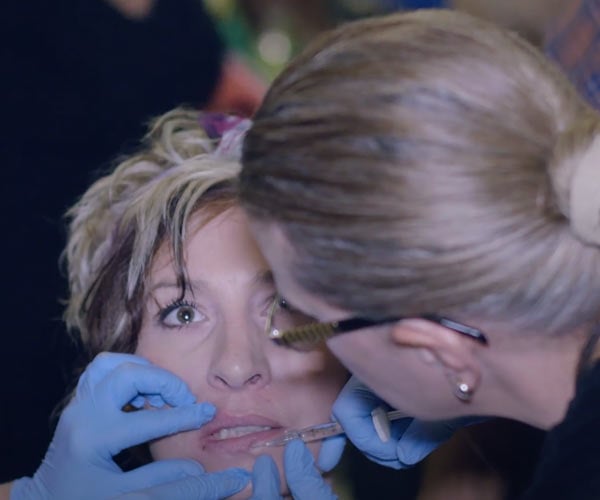Reticular Veins: What They Are & How They're Treated
By Dr. Stephen Cosentino
PRESIDENT OF EMPIRE MEDICAL TRAINING
Reticular veins are a type of superficial venous presentation closely related to varicose veins and spider veins. They form spidery blue and purple masses that typically appear on the backs of the legs and ankles.
Although they don’t pose significant health risks on their own, reticular veins are unsightly. They may also be associated with other, more serious health issues, such as obesity and cardiovascular disease.
Fortunately, reticular vein sufferers have several treatment options. Here’s what you need to know.
What Are Reticular Veins?
Reticular veins are larger than spider veins but smaller than varicose veins. When they feed into spider vein networks, medical professionals may refer to them as feeder veins.
Like varicose veins, reticular veins generally appear on the legs, ankles, and inner thighs.
What Are the Symptoms of Reticular Veins?
Reticular veins appear just below the surface of the skin. Unlike varicose veins, they generally don’t protrude from the skin. They’re typically about 2 to 3 millimeters in diameter and bluish or purplish in color.
Reticular veins can cause mild physical symptoms like:
- Itching or burning
- Aching
- General discomfort
Some sufferers report chronic fatigue following reticular vein outbreaks as well.
What Causes Reticular Veins?
Reticular veins have a number of known risk factors:
- Age: Reticular veins tend to develop in older individuals with chronic venous insufficiency.
- Obesity: Overweight and obese individuals put more weight on their legs and feet, forcing fluid downward and increasing pressure on smaller veins in those areas.
- Genetics: People with family histories of reticular veins or similar vascular conditions are more likely to develop them as they age.
- Pregnancy: Pregnancy increases pressure on smaller veins and may cause unsightly presentations.
- Sitting or standing for long periods: People who stand or sit for long periods of time are more likely to develop reticular veins. This may be an occupational hazard.
Reticular Vein Risks
The good news is that reticular veins do not cause more serious cardiovascular problems. However, they’re often associated with chronic issues like hypertension and diabetes, which should be treated in their own right.
Reticular Veins vs. Spider Veins
Spider veins and reticular veins are similar in appearance.
The biggest differences are that reticular veins tend to be larger — 2 millimeters or greater — and mainly appear on the lower extremities. Spider veins may also appear on the trunk, arms, and face.
What Are Reticular Vein Treatment Options?
If you’re ready to do something about your condition, consider these minimally invasive options for treating reticular veins.
These treatment procedures may be performed by a plastic surgeon, cosmetic nurse, or other medical aesthetics provider, depending on local regulations and practice policy.
Laser Therapy
Laser treatment, including laser therapy and intense pulsed light (IPL) treatment, are great options for reticular vein treatment. Using special wavelengths of light, the provider collapses the veins with little discomfort — though side effects such as spotting may occur.
Sclerotherapy
In a sclerotherapy procedure, the provider injects a chemical irritant into the veins to degrade the blood vessels’ walls and ultimately cause them to collapse. This eliminates spider veins and reticular veins but can cause temporary pain and discomfort.
If you choose sclerotherapy, be sure to work with a provider who has completed an accredited sclerotherapy training program. Using a well-trained provider is the best way to minimize the risk of unwanted side effects and complications.
Microphlebectomy
This minimally invasive surgical procedure blocks blood flow to the affected area, then physically removes the veins from the body. It’s more common for larger varicose veins but works for reticular veins as well.


